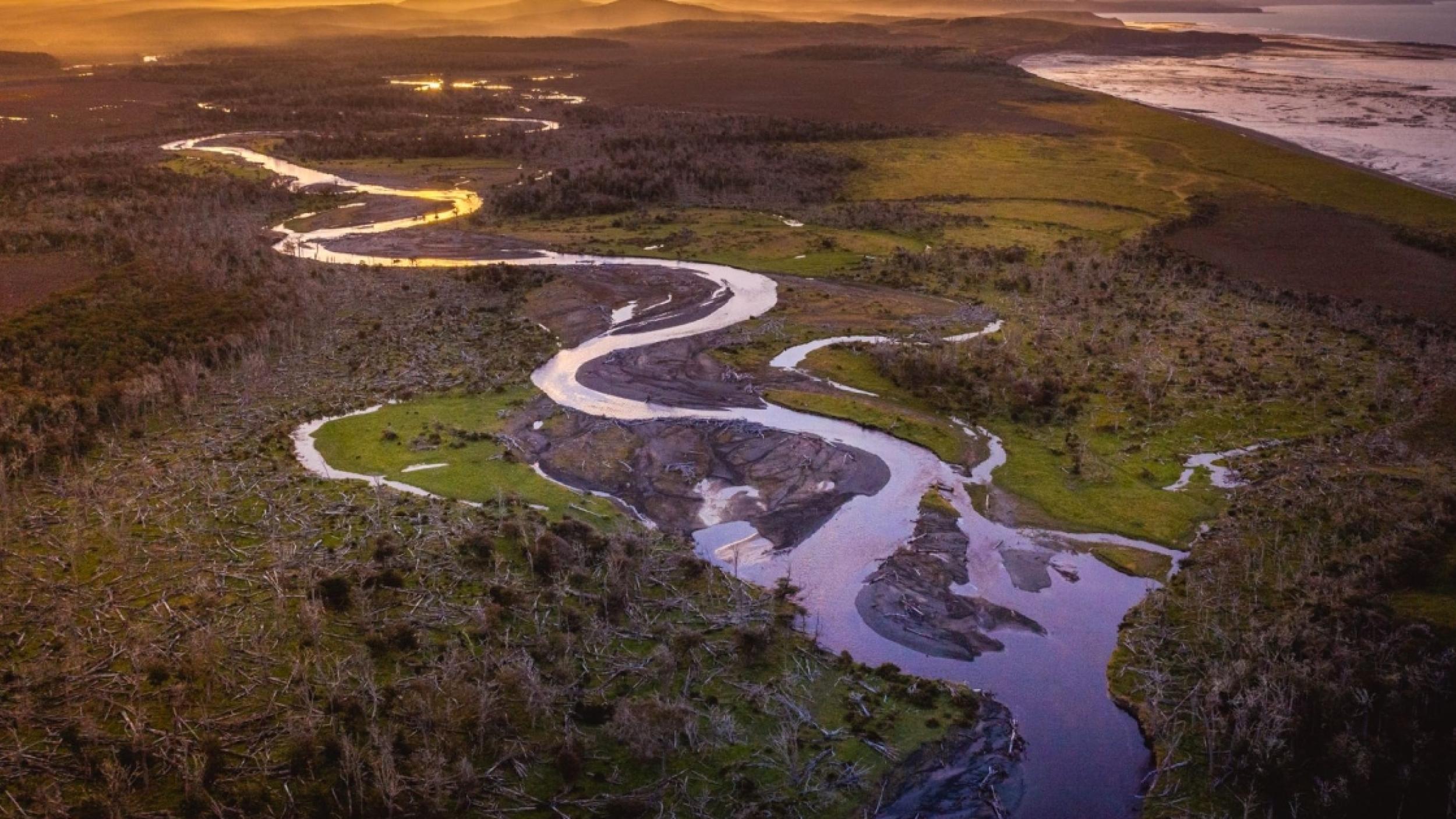
Global assessment reveals huge potential of peatlands as a climate solution
Sharm el-Sheikh, 17 November 2022 – Earth loses 500,000 hectares of peatlands a year, while already drained and degraded peatlands contribute around 4% of annual global human-induced emissions. These findings are part of the Global Peatlands Assessment, published today by the UN Environment Programme (UNEP).
Global Peatlands Assessment – The State of the World’s Peatlands: Evidence for action toward the conservation, restoration, and sustainable management of peatlands was undertaken by the Global Peatlands Initiative between 2020 and 2022 as decided by the UNEA-4 resolution on the Conservation and Sustainable Management of Peatlands in March 2019.
Building on spatial data and the best available information from 220 contributors from over 50 countries – including scientists, governments, NGOs, Indigenous Peoples, and others – the report is the first comprehensive global assessment of peatlands in almost 15 years. It proposes a definition for peatlands as an ecosystem with a peat soil of any thickness and provides an evidence base on the status of peatlands and their importance in the global carbon cycle.
“If we’re serious about acting on climate change, we must get serious about the protection, restoration, and sustainable management of peatlands. Wherever peatlands are allowed to be damaged or drained, harmful emissions will continue to be released for decades,” said Inger Andersen, Executive Director of UNEP. “The Global Peatland Assessment can guide countries on how to treat peatlands as a potent nature-based solution for climate change, biodiversity loss and local communities.”
Covering around 3-4% of the world’s land surface area, peatlands are responsible for storing nearly one-third of its soil carbon. This is twice as much carbon as in all the world’s forest biomass combined. Peatlands also have a crucial local role in the water cycle, filtering and storing water, providing clean water, and preventing floods. They are home to unique species and carry significant cultural meaning for communities worldwide.
Around 50 million hectares of peatlands – an area about half the size of Egypt – have been historically drained around the world. This damaged area is equivalent to around 12% of current peatlands or about 0.4% of the world’s land surface area, but contributes 4% of global human-induced GHG emissions annually. In addition, 500,000 hectares of peatlands – an area almost twice the size of Cairo – are destroyed by human activities annually.
Peatlands will either be part of the problem or a key element of the solution. If harmful emissions from drained and degraded peatlands continue at the current rate, this will consume 12% of the emissions budget that remains to keep global warming below +2 °C and 41% of the emissions budget that remains to keep global warming below +1.5 °C. Restoring degraded peatlands, on the other hand, would contribute 10% of the total emission reductions and removals, provided by nature-based solutions across all ecosystems by 2030.
A major focus of this assessment is on how decision makers can better manage, conserve, and restore peatlands as a nature-based solution to halt biodiversity loss, support climate change adaptation and mitigation and support local communities.
To conserve and restore peatlands, more resources are needed. In tropical peatland countries alone 800 million tons of greenhouse gas emissions per year (2 per cent of global emissions) could be reduced at a cost of only USD 40 billion if pristine peatlands are conserved and damaged ones are restored. In some cases, such as in Scotland, peatland restoration may save the public GBP 191 million a year. However, peatland restoration costs will continue to rise so long as the existing healthy peatlands are drained and will always exceed the cost of protecting them.
Funding may draw on a blend of public and market mechanisms, ensuring equitable benefits to local communities. These include green finance, ecosystem markets and carbon markets (including both voluntary and compliance markets), such as cap and trade or emissions trading schemes in California and the EU, Germany’s MoorFutures, or the UK’s Peatland Code.
Beyond funding, countries are encouraged to prioritise additional research and mapping of all lands with a peat depth threshold of 10 cm to account for peatlands’ contribution to climate and facilitate effective laws and policies for their protection. Peatland-rich countries are also urged to include peatlands in their Nationally Determined Contributions (NDCs), drawing inspiration from other peatland countries’ case studies, as presented in the Assessment.
The Assessment also recommends actions by farmers and the general public, such as re-wetting drained farmland, using peat-substitutes for horticulture and gardening, and using clean energy instead of burning peat for heating.
The Global Peatlands Assessment provides a valuable baseline for improvement against future assessments and paves the way for the development of a comprehensive global peatland inventory as called for by all countries of the world in the 4th UN Environment Assembly (UNEA-4).
NOTES TO EDITORS
About the Global Peatlands Initiative
The Global Peatlands Initiative is an effort by leading experts and institutions formed by 13 founding members at the UNFCCC COP in Marrakech, Morocco in 2016 to save peatlands as the world’s largest terrestrial organic carbon stock and to prevent it being emitted into the atmosphere. Partners to the Initiative are working together within their respective areas of expertise to improve the conservation, restoration and sustainable management of peatlands.
About the UN Environment Programme
UNEP is the leading global voice on the environment. It provides leadership and encourages partnership in caring for the environment by inspiring, informing and enabling nations and peoples to improve their quality of life without compromising that of future generations.
For more information, please contact:
Keisha Rukikaire, Head of News & Media, UN Environment Programme